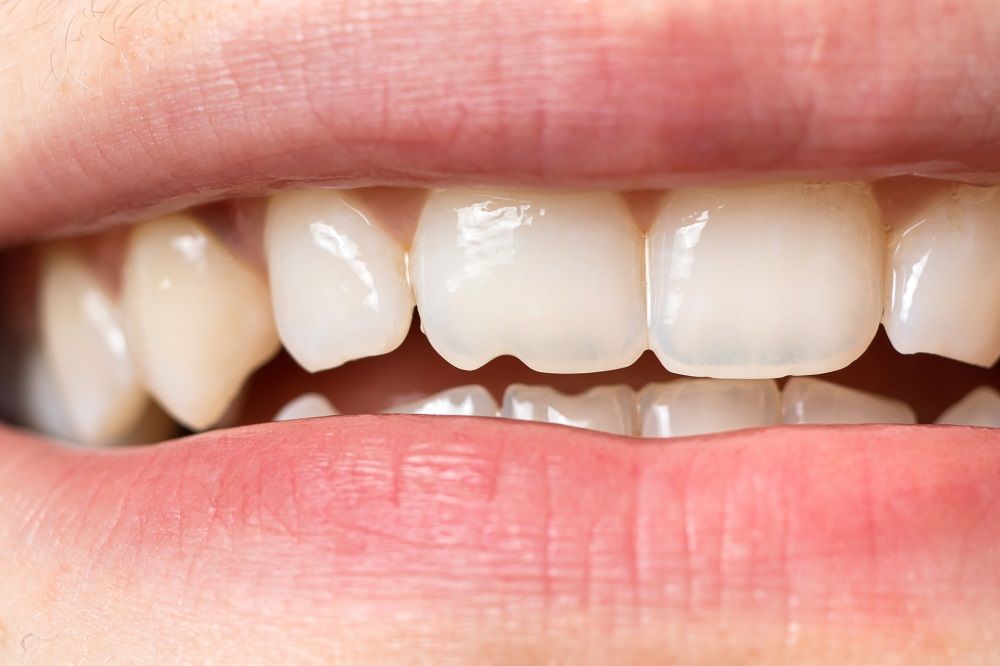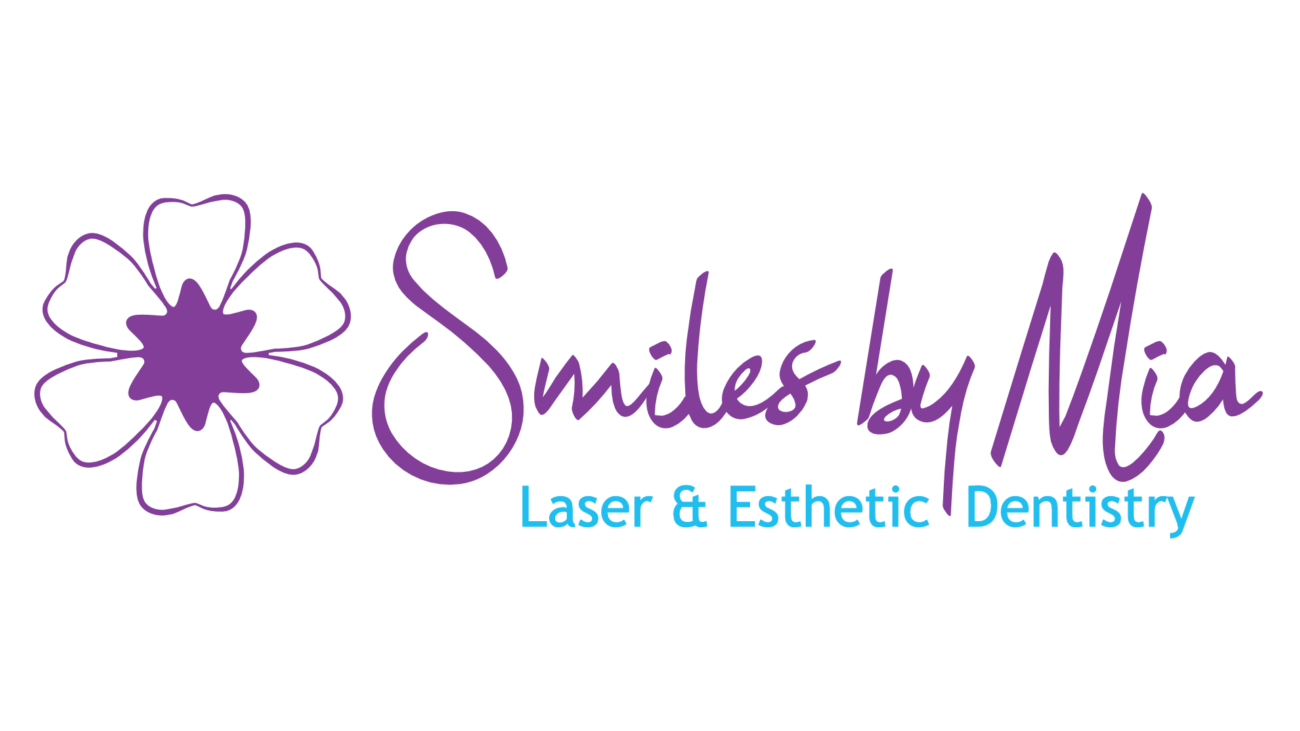For patients who want a thorough oral hygiene routine, they should add flossing each day. Flossing is an integral part of good oral hygiene. If you don’t floss regularly, you can develop dental concerns due to harmful bacteria buildup. However, like any good thing, it can cause damage if not done correctly. There are some common mistakes with flossing. Yet, you can steer clear of potential problems with your teeth and gums.

Overzealous Flossing: Too Much of a Good Thing
While flossing is essential, doing it too aggressively can cause more harm than good. Overzealous flossing can lead to gum irritation, bleeding, and even damage to the delicate gum tissue. Remember, flossing is about gently removing debris, not waging war on your gums.
Choosing the Wrong Type of Floss: One Size Does Not Fit All
Not all floss is created equal. Choosing the wrong type can lead to discomfort and potential harm. Thick or waxed floss may be challenging to navigate between tight teeth. As a result, it can cause unnecessary pressure. Opt for floss that suits your teeth spacing and is gentle on your gums.
Skipping Regular Flossing: A Missed Opportunity
Consistency is key when it comes to flossing. Skipping this crucial step in your oral care routine allows plaque to build up between your teeth. As a result, this can increase the risk of cavities and gum disease. Make it a habit to floss daily to ensure a thorough clean and a healthier smile.
Flossing Too Often: The Paradox of Excess
On the other hand, flossing too often can lead to irritation and damage. Once a day is generally sufficient for most people. If you’re unsure about the right frequency for your dental needs, consult your dentist for advice.
Rough Flossing: A Gentle Touch Wins
Flossing is not a tug-of-war; it’s a delicate dance. Using too much force or a sawing motion can harm your gums and lead to bleeding. Instead, gently guide the floss between your teeth, following the natural curves without forcing it.
Neglecting the Gum Line: Don’t Skip the Margins
The gum line is a hotspot for plaque and bacteria. Neglecting this area during flossing allows harmful bacteria to linger, contributing to gum disease. Plaque can also build underneath the gum line and form pockets of bacteria. Ensure your flossing technique includes a gentle sweep along the gum line to maintain optimal oral health.
Flossing Tools: Finding Your Perfect Match
Traditional floss is not the only player in the oral care game. Floss picks, water flossers, and interdental brushes offer alternatives. Each has its pros and cons. But, the key is finding the tool that works best for you. Experiment with different options to discover your perfect match.
Flossing and Braces: Navigating the Challenge
For those with braces, flossing can be a bit more challenging. But, it is no less important. Specialized floss threaders or interdental brushes can help navigate the spaces between braces and teeth. Also, consulting your orthodontist for guidance on the right tools and techniques is essential.
